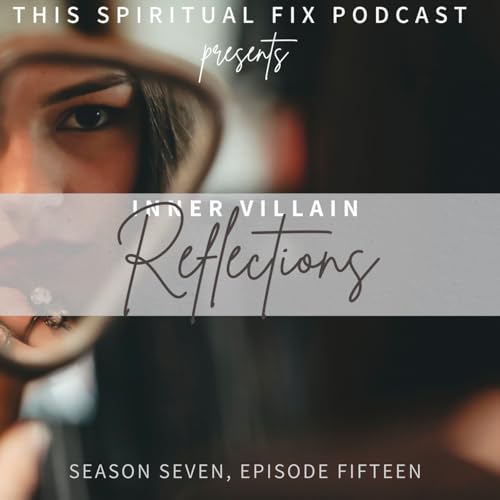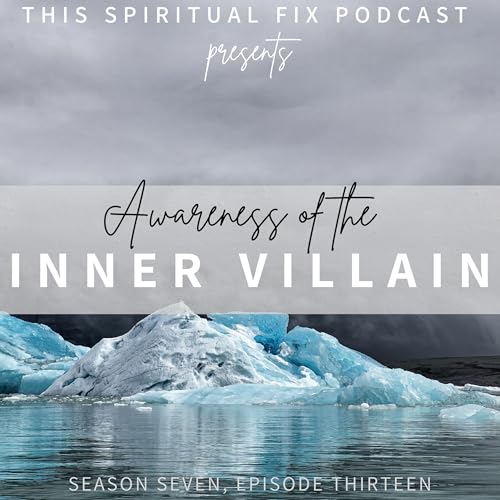
This Spiritual Fix
Échec de l'ajout au panier.
Échec de l'ajout à la liste d'envies.
Échec de la suppression de la liste d’envies.
Échec du suivi du balado
Ne plus suivre le balado a échoué
-
Narrateur(s):
-
Auteur(s):
-
Kristina Wiltsee & Anna Stromquist
À propos de cet audio
What meditation works for you? What is it like to do tantra? How do you best communicate with a loved one? Kristina Wiltsee & Anna Stromquist are two best friends on a quest to try all things spiritual in order to attain enlightenment -- or just stay sane while juggling a lot on their plates. Their internationally recognized podcast hits close to home for many people who are struggling for peace amidst the pain of trauma, emotional wounds, and neurodivergent brains. As we uncover deeper layers of ourselves, they teach, with humor, that there is nothing to fix - just more of us to love.
Season Themes:
Season 1: The Primal Wounds (Abandonment, Rejection, Betrayal, Injustice, & Humiliation)
Season 2: The Drama Triangle (The Inner & Outer Persecutor, Rescuer, and Victim)
Season 3: First Chakra (Relationships & Sexuality & The Mother Wound)
Season 4: Second Chakra (Integration of the Multidimensional Self & The Father Wound)
Season 5: Third Chakra (Growing Up and the Money Wound)
Season 6: Fourth Chakra (Primal Wounds Revisited, Villains & Karma Yoga)
www.thisspiritualfix.com
2023. All rights reserved.-
 50 min
50 minÉchec de l'ajout au panier.
Veuillez réessayer plus tardÉchec de l'ajout à la liste d'envies.
Veuillez réessayer plus tardÉchec de la suppression de la liste d’envies.
Veuillez réessayer plus tardÉchec du suivi du balado
Ne plus suivre le balado a échoué
-
 Nov 4 20251 h et 9 min
Nov 4 20251 h et 9 minÉchec de l'ajout au panier.
Veuillez réessayer plus tardÉchec de l'ajout à la liste d'envies.
Veuillez réessayer plus tardÉchec de la suppression de la liste d’envies.
Veuillez réessayer plus tardÉchec du suivi du balado
Ne plus suivre le balado a échoué
-
 1 h
1 hÉchec de l'ajout au panier.
Veuillez réessayer plus tardÉchec de l'ajout à la liste d'envies.
Veuillez réessayer plus tardÉchec de la suppression de la liste d’envies.
Veuillez réessayer plus tardÉchec du suivi du balado
Ne plus suivre le balado a échoué
life changing
Un problème est survenu. Veuillez réessayer dans quelques minutes.


